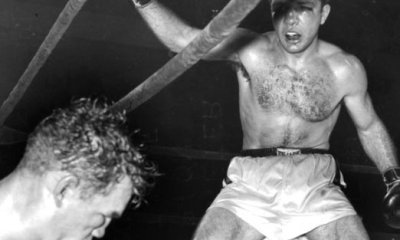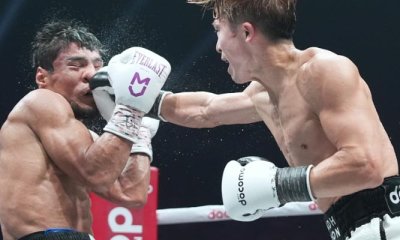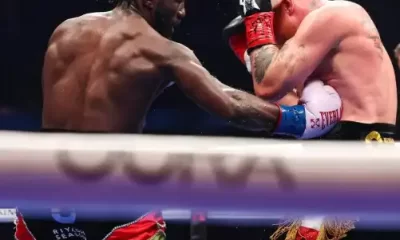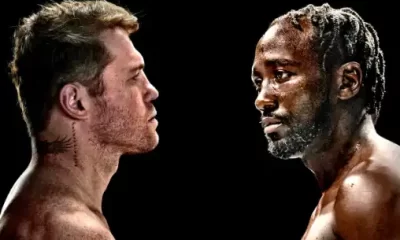Featured Articles
Joe Bugner’s First Fight with Muhammad Ali had Big Ramifications for Las Vegas
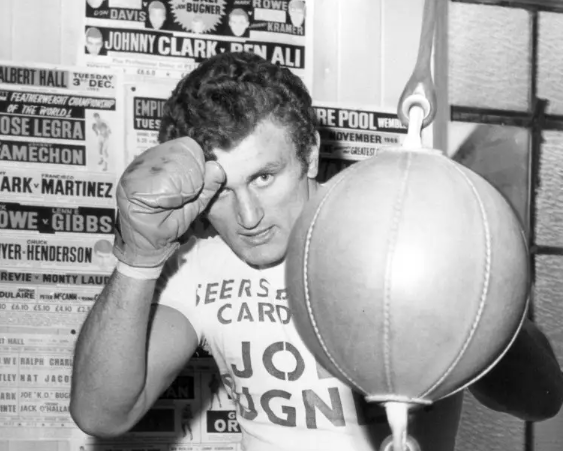
Joe Bugner – who passed away on Monday (Sept. 1) at age 75 at a nursing home in Brisbane, Australia — had his first pro fight at age 17 and his last at age 49. In the interim he went the distance with Joe Frazier and with Muhammad Ali twice and won a slew of domestic and regional titles. Born in Hungary but a British subject since the age of 5, Bugner has been called, with some justification, the best white heavyweight of his generation and (pre-Tyson Fury) the second-best British heavyweight of all time, trailing only Lennox Lewis.
Bugner’s first meeting with Ali happened in Las Vegas on Feb. 14, 1973. Ali was then 31 years old, sported a 40-1 record, and was making his tenth start since his historic first meeting with Joe Frazier. Bugner was 43-4-1 and had answered the bell for 291 rounds (substantially more than Terence Crawford, to put that in perspective) but because of his tender age, 22, was considered a work in progress.
A 7/1 favorite, Ali won a comfortable 12-round decision, prevailing by 5, 3, and 3 points on the 5-points-must system. But there is more to the story.
Contested at the Las Vegas Convention Center, this was the first boxing event sponsored by Caesars Palace, the embryonic “Home of Champions.” It predated by almost three years the first boxing event held on the actual grounds of Caesars Palace, the Jan. 31, 1976 barnburner between George Foreman and Ron Lyle in the indoor tennis pavilion. It was also the first fight card in Las Vegas to attract a large block of tourists from overseas.
The attendance for the Ali-Bugner fight card was announced at 5,700, a generous estimate as the paid attendance, per tax receipts, was only 3,789. However, the event was a winner for the Las Vegas economy and especially for Caesars Palace. An estimated 1,500 Brits made the 16-hour trip across the pond to root on Bugner and his stablemates John Conteh and John Stracey who appeared in supporting bouts, and, to the delight of the beancounters, the Brits were big spenders.
Most of the Brits arrived two days before the big Wednesday Night fight and many stayed through the weekend. They made their presence known immediately. Ali held his public workouts in the showroom at Caesars Palace (admission $1). At the weigh-in, whenever Ali harangued Bugner, a former sparring partner, he was drowned out by the British contingent shouting “Bugner, Bugner.” There were not enough of them to fill the arena to capacity, but they lent the event a boozy ambience that made the show a more colorful spectacle.
Ali paid Joe Bugner the ultimate compliment at the post-fight press conference. “Watch out for this man,” he said. “I predict that he will be the heavyweight champion in about two years.”
Bugner’s trainer/manager Andy Smith kept insisting that Joe wouldn’t hit his peak until he reached the age of 26 or 27, which almost guaranteed that there would be a rematch. It came to fruition on an oppressively hot Tuesday morning in Kuala Lumpur, Malaysia, but not before Bugner had nine more fights beginning with a 12-round contest in London with Joe Frazier.
Bugner vs Frazier was a hugely entertaining fight in which both men absorbed a great deal of punishment. It looked like curtains for the Englishman when Frazier hit him on the jaw with his patented left hook in round 10, dumping him on the canvas for a count of “9”, but Bugner, fighting on instinct, came back and buzzed Smokin’ Joe, buckling his knees, before the round was over.
George Foreman, a ringsider observer, thought that Bugner deserved the nod, but there was little backlash when referee Harry Gibbs, the sole arbiter, held up Joe Frazier’s hand in triumph. By Gibbs’ calculation, Frazier won six rounds, Bugner three, and three were even.
Ali-Bugner II, contested on June 30, 1975, played out somewhat similar to the first meeting, albeit three rounds longer, which is another way of saying that Ali was just too slick for him. Ali had Bugner reeling about the ring in the final round but Joe was on his feet at the finish.
Bugner would have 28 more fights before his career was finished, interspersed with three retirements, the last of which lasted eight years. In his final fight on British soil he passed the torch to Frank Bruno before more than 30,000 at the home of the Tottenham Hotspurs football club. Bruno, 12 years younger, stopped Bugner in the eighth round in what has been called the biggest non-title fight in British boxing history. Bugner then lived in Australia where he owned a ranch on the outskirts of Sydney.
In the final phase of his career, which began in 1995 when he was a 45-year-old grandfather, Bugner was referenced as Aussie Joe. In this phase, he won eight of nine fights, the last two against one-hit wonder Bonecrusher Smith and American journeyman Levi Billups to finish 69-13-1 (41).
That Bugner would eventually develop pugilistic dementia was almost as certain as the sun rising in the east. His wife, the former Marlene Carter, a well-known Australian journalist in her younger days, passed away in 2021. By then, Joe was in a nursing home. In his end days, he reportedly had no memory of any of his fights and could not recognize his children.
May he rest in peace.
To comment on this story in the Fight Forum CLICK HERE


